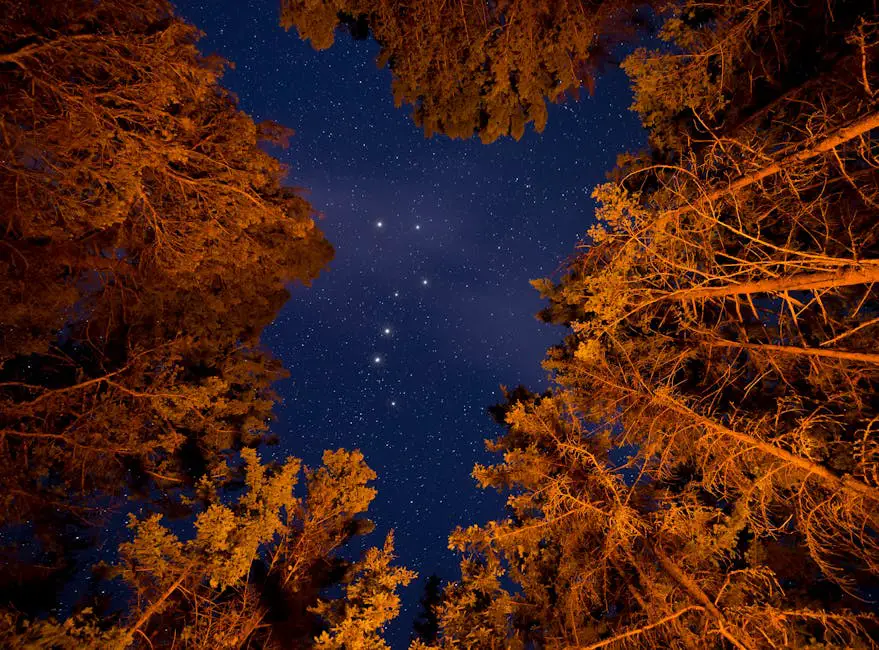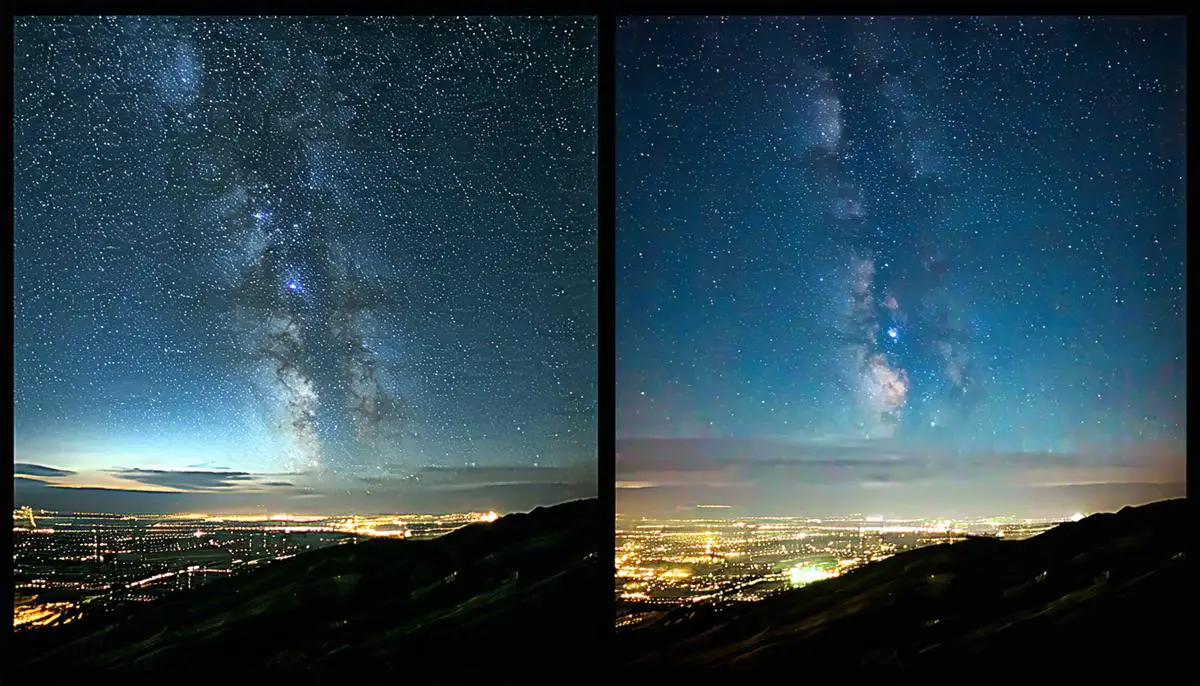Understanding Circumpolar Constellations
Ursa Major, known as the Big Bear, is a prominent year-round constellation in the northern sky. Its most recognized feature, the Big Dipper, consists of seven stars that form a celestial pointer. Tracing a line between the outer stars of the Dipper's bowl, Dubhe and Merak, leads directly to Polaris, the North Star. Polaris is part of Ursa Minor, or the Little Bear, which mirrors the Big Dipper's structure but with fainter stars.
Cassiopeia, the Queen of Ethiopia, opposes the Big Dipper across Polaris, creating a distinct W or M shape. It serves as a signpost to other constellations, like Andromeda, home to the famous galaxy of the same name.
These circumpolar constellations remain visible throughout the year, their positions altering gently as the seasons change. They act as celestial guides, revealing their own features and the locations of less conspicuous constellations across the night sky.
Navigating Seasonal Constellations
As Earth orbits the Sun, the night sky presents a changing display of constellations that mark the shifting seasons.
Winter
Winter is dominated by Orion, the Hunter, recognizable by its hourglass shape. Betelgeuse at its shoulder and Rigel at its foot frame the three aligned stars of Orion's belt. These stars point to Sirius in Canis Major and upwards to Taurus the Bull, marked by the V-shaped Hyades cluster and the star Aldebaran.
Spring
Spring brings Leo the Lion to prominence, identifiable by the sickle shape outlining its head and mane. Regulus marks the heart of this constellation. Leo serves as a gateway to the Virgo Cluster, rich in galaxies. The Big Dipper's handle points to Arcturus in Boötes and Spica in Virgo, creating a celestial roadmap.
Summer
Summer features the Summer Triangle, composed of:
- Vega in Lyra
- Deneb in Cygnus
- Altair in Aquila
This asterism guides observers through the Milky Way, revealing deep-sky wonders like the double stars in Albireo and star clusters in Ophiuchus.
Each season's constellations offer a unique perspective on our cosmic surroundings, deepening our connection to the universe.

Indigenous Perspectives in Astronomy
Indigenous astronomy provides diverse cultural interpretations of the night sky, offering unique constellations and star stories that reflect deep connections to natural and cultural landscapes.
The Navajo see the stars of the Big Dipper and Cassiopeia as the First Revolving Male and First Revolving Female, with Polaris as the Central Fire. This celestial configuration symbolizes a cosmic hearth, emphasizing unity and continuity with the natural world.
The Ojibwe recognize the Wintermaker in the stars of Orion, incorporating Procyon and Aldebaran as outstretched arms. This figure signifies the arrival of winter and the traditional storytelling season, highlighting the relationship between the Ojibwe and their environment.
The Dakota people find meaning in the Sacred Hoop, encompassing stars around Orion, including Rigel, Sirius, and the Pleiades. This constellation represents balance and interconnectedness, mirroring central themes in Indigenous beliefs.
Indigenous star knowledge extends beyond constellation identification, embodying worldviews where celestial stories inform ecological knowledge, survival strategies, and philosophical understandings. These perspectives enrich our appreciation of the night sky and underscore humanity's enduring connection to the cosmos.

Impact of Light Pollution
Light pollution from artificial sources like streetlights and buildings diminishes the visibility of stars, impacting both stargazers and astronomical research. This issue particularly affects optical observatories that rely on dark skies to capture faint celestial objects.
The proliferation of satellite constellations poses additional challenges:
- Satellite trails can disrupt observations of transient phenomena
- Their communications generate radio frequency interference, complicating radio astronomy efforts
In response, astronomers and policymakers are developing mitigation strategies. These include:
- Improved lighting designs that minimize skyward emission
- Community zoning laws prioritizing dark sky preservation
- Development of international regulations on satellite emissions and orbit management
Collaborative work between industry leaders and astronomers aims to create less reflective satellite designs that better coexist with scientific needs.
Despite these challenges, there's optimism about finding a balance between exploring the night sky and embracing modern technology. By fostering thoughtful stewardship of our skies, we can preserve astronomical research integrity and maintain our essential connection to the cosmos.

Our connection to the cosmos is both profound and enduring. By appreciating celestial patterns and understanding their significance across cultures, we deepen our relationship with the universe and affirm our place within its grand astronomical stage.
- McIntyre M. How to find constellations. CPRE. 2023.
- NASA. Constellation family. NASA Science. 2023.
- Betz E. The best stargazing apps of 2023. Space.com. 2023.
- Dickinson D. Indigenous astronomy in North America. Sky & Telescope. 2022.
- Koberlein B. The growing challenge of light pollution from satellites. Universe Today. 2023.
![]()